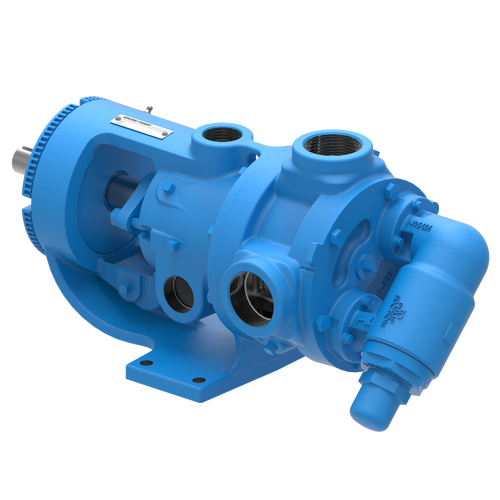Okay, so I had this project where I needed to move hydrochloric acid from one container to another. Sounded simple enough, right? Wrong! Turns out, this stuff is nasty and you can’t just use any old pump.

Figuring Out the Right Pump
First, I spent like an hour online trying to figure out what kind of pump I even needed. Regular pumps? Nope. They’d probably melt or something. I needed something specifically for corrosive chemicals. That’s what all the websites were saying, anyway.
I remembered seeing a friend using a special pump to transfer different chemical, so I called him and asked him a lot of questions, and finally, I got some useful information.
The Hunt Begins
Then, I started looking for a pump. There were a few, there are drum pumps, which are the large type; there are also Diaphragm Pumps, it seems work well.
Making Sure It’s Safe
Safety was a huge deal, obviously. I didn’t want to end up in the hospital. So, I made sure to get all the right gear:
- Gloves: Thick, chemical-resistant ones, not the dishwashing kind.
- Goggles: Gotta protect the eyes!
- Apron: Just in case of splashes.
I even set up a well-ventilated area, because, you know, fumes.
The Actual Pumping
Finally, it was time to actually do the thing. I carefully followed the instructions that came with the pump (which, thankfully, were pretty clear). I slowly started pumping, making sure nothing was leaking or spraying. It was a bit nerve-wracking at first, but it actually went pretty smoothly.
Clean Up!
After I was done, I made sure to properly clean everything. I double-checked all the connections and stored the pump and the acid in a safe place. No way was I leaving that stuff lying around.
So yeah, that’s my story of pumping hydrochloric acid. Not exactly glamorous, but hey, it got done, and I didn’t blow anything up! Always a win in my book.

